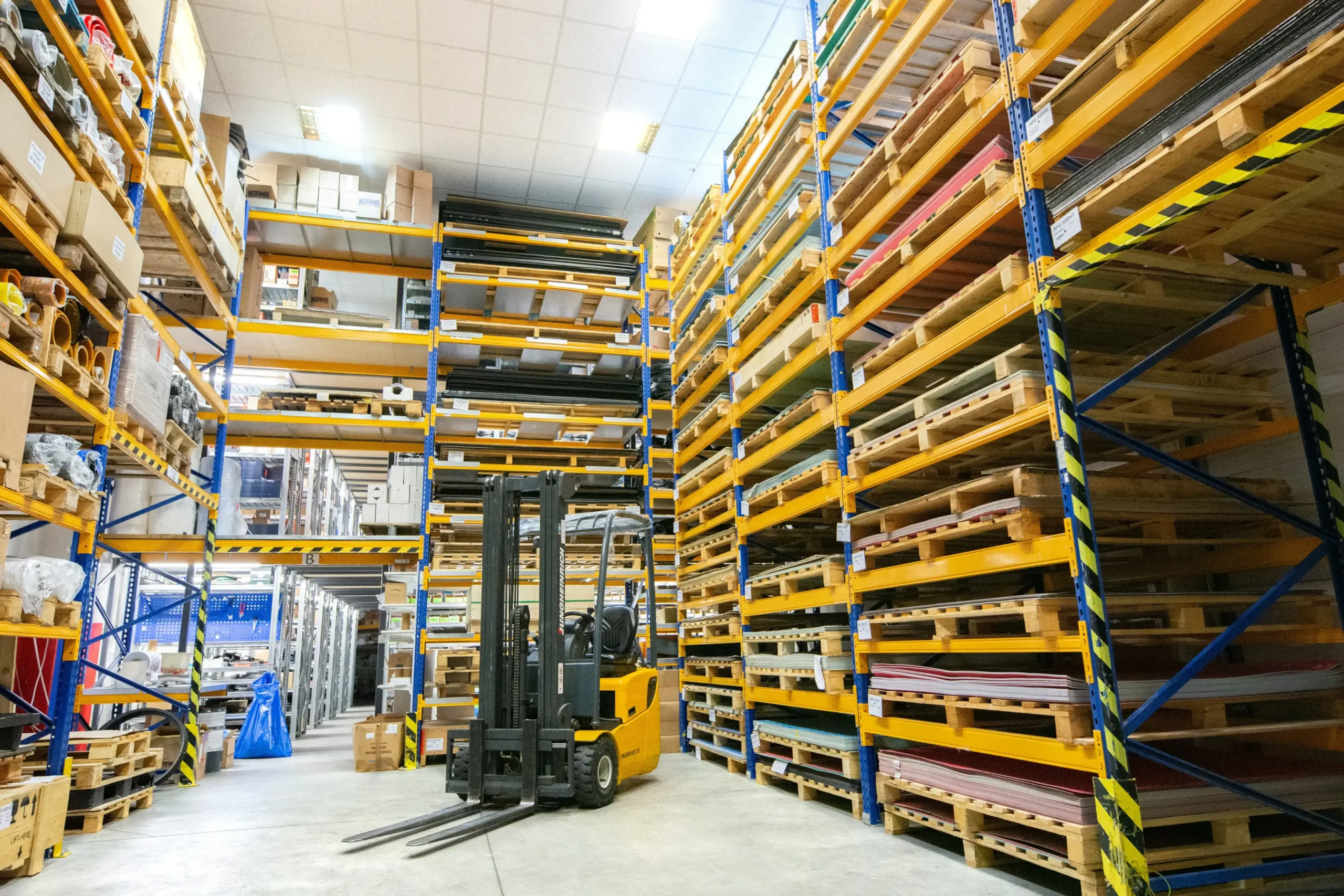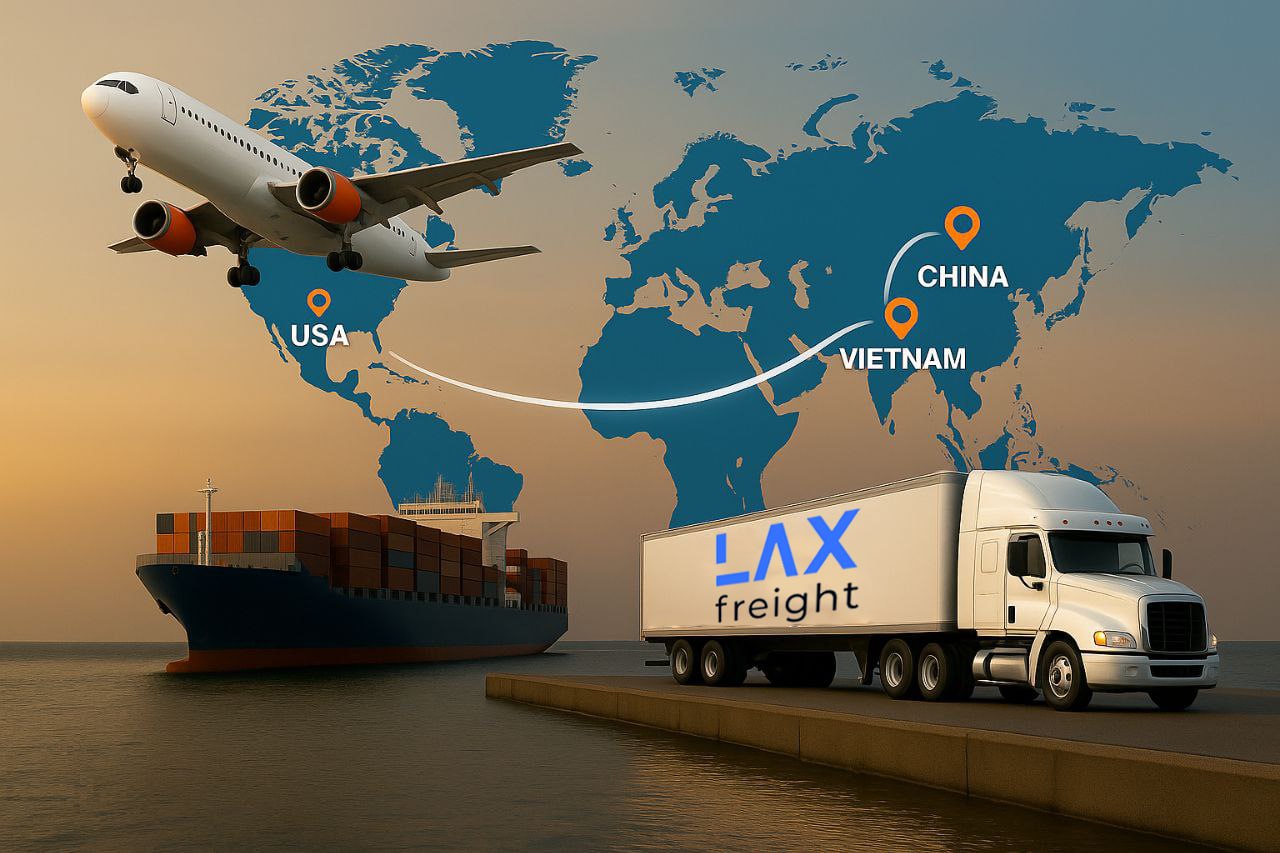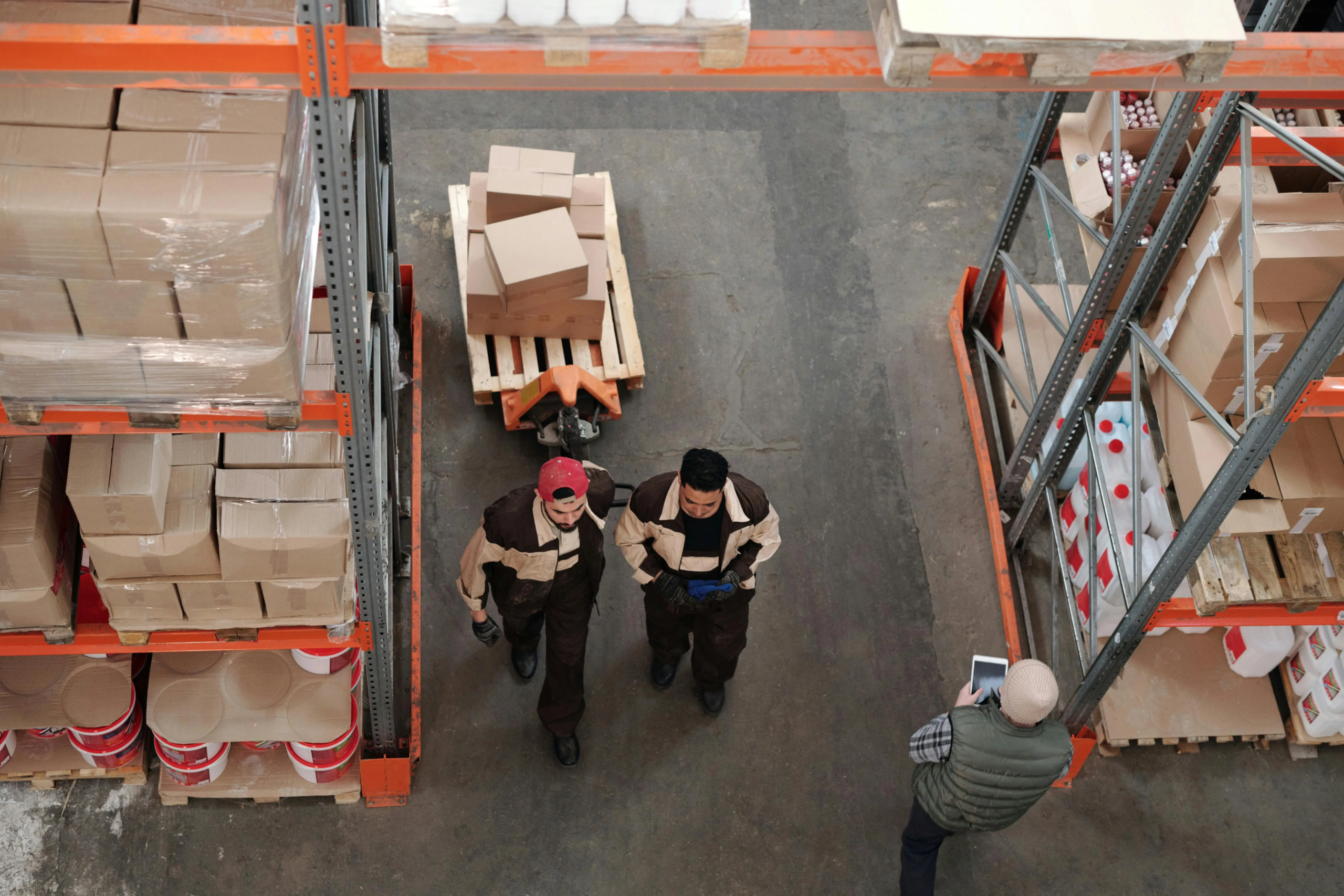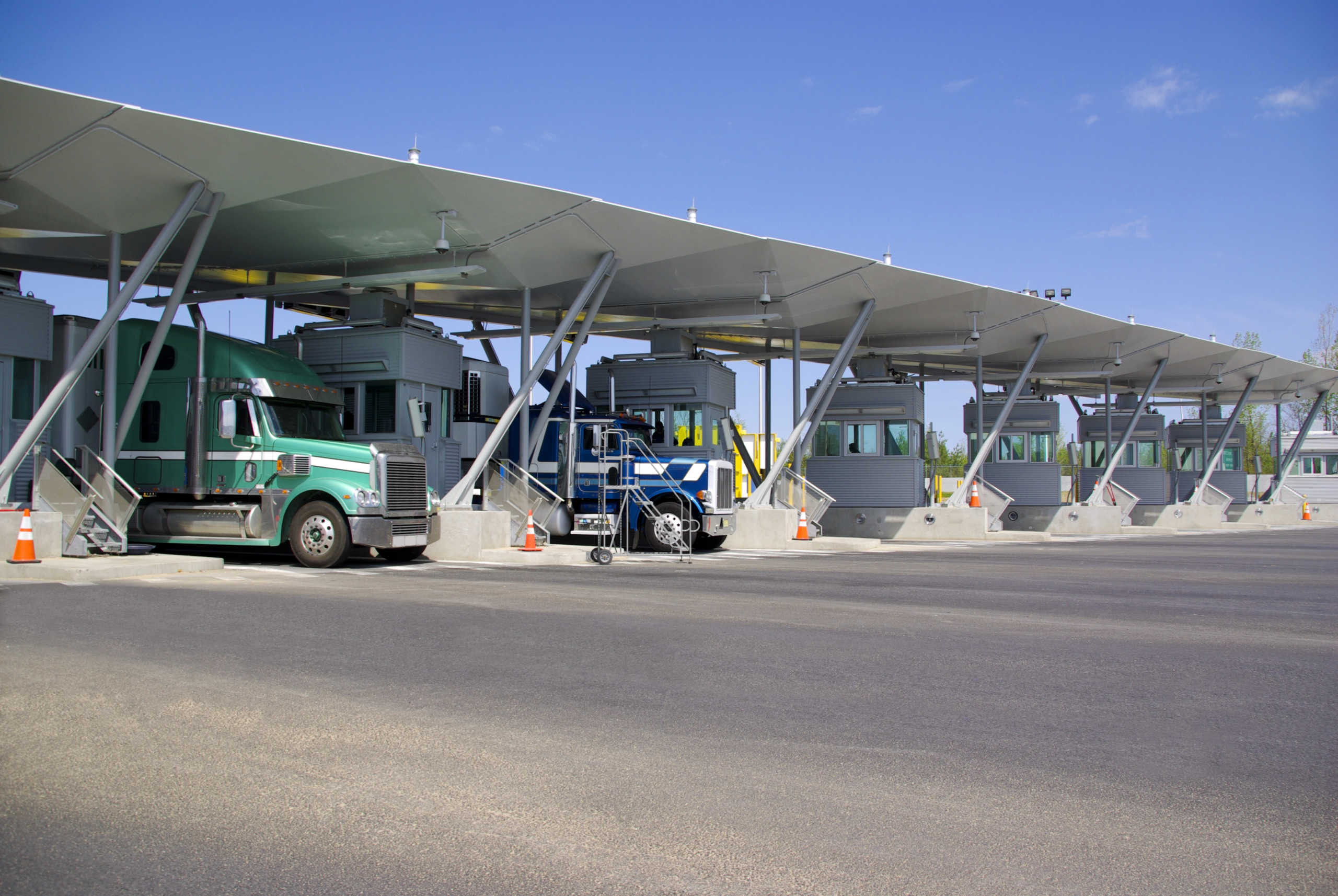Nowadays, an interconnected and fast-paced global trade requires effective management of supply chains and swift adaptation to market changes. Even minor disruptions, whether due to natural disasters, political instability, or market fluctuations, can lead to severe consequences on operations and customer satisfaction
Supply chain control towers can provide a competitive edge by providing real-time visibility, efficiency, and decision-making processes. It provides real-time monitoring and allows companies to anticipate disruptions promptly.
What Is a Supply Chain Control Tower?
A supply chain control tower is a digital platform that provides end-to-end visibility. It’s a centralized system that contains data from multiple business partners, including suppliers, producers, logistics companies, and distributors. They aim to provide the necessary tools for effective management and optimization is the supply chain processes.
In addition, supply chain towers ensure transparency and actionable insights into every phase of the supply chain. Whether monitoring shipments in transit, evaluating inventory levels, or anticipating risks, this technology can help make informed decisions.
With a single source of data, companies can improve communication and collaboration internally and with immediate trading partners. This helps respond faster to unexpected changes or disruptions in the supply chain.
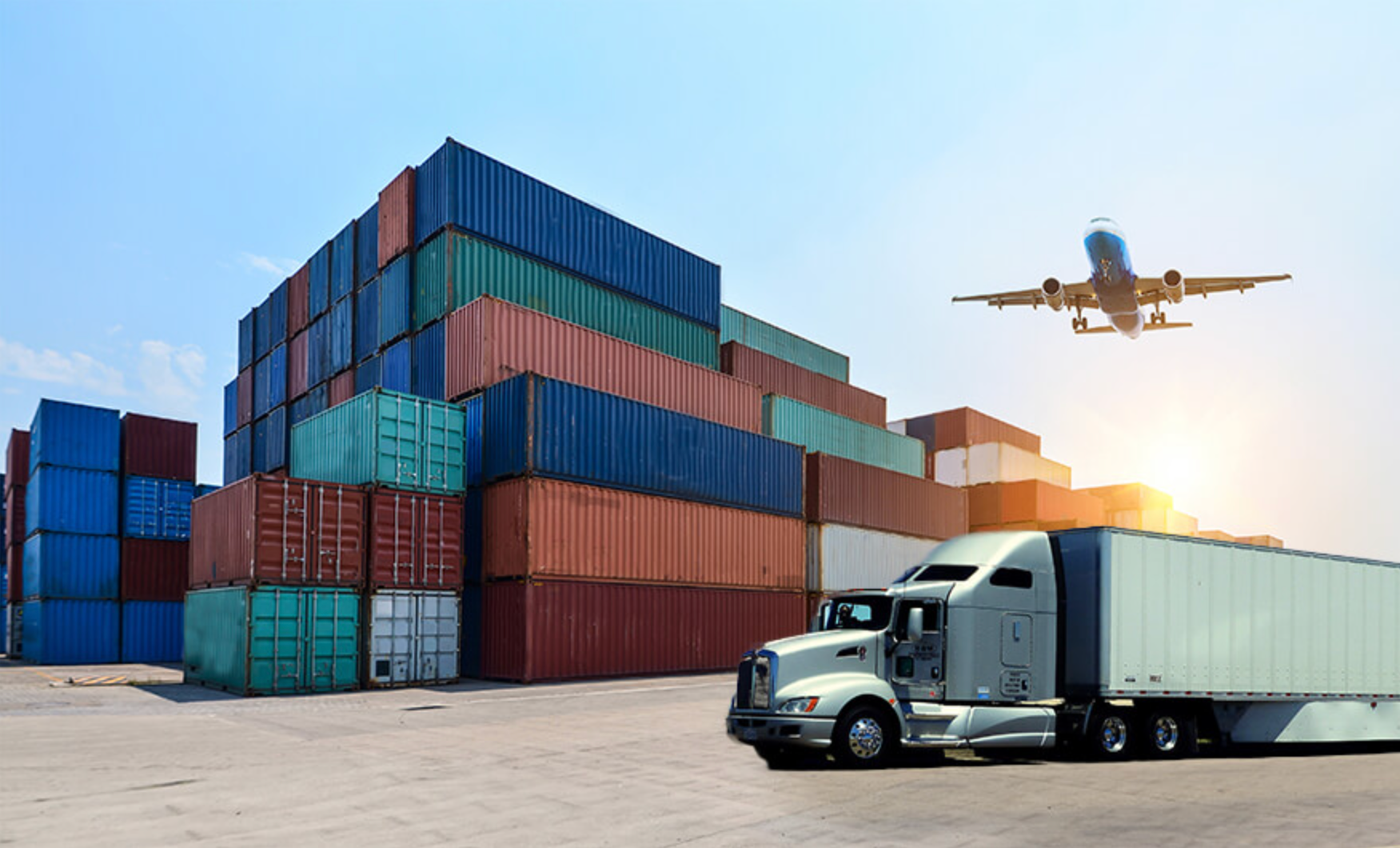
Key Features of a Supply Chain Control Tower
Control towers have several essential features. They empower businesses to manage their supply chains more effectively. The main features of this technology include:
Real-time end-to-end visibility. This is the main aspect of supply chain control towers. They track shipments, inventory, and production. Thus, businesses can have a constant pulse on the movement of goods and materials. This allows potential bottlenecks and disruptions to be tracked as they happen.
Data integration. The other key aspect of a control tower system is its ability to integrate data from multiple sources. Whether it’s data from suppliers, transportation providers, or warehouses. Control towers gather all these data in one centralized location, streamlining operations.
Predictive and prescriptive analytics. Control towers can analyze historical data and current trends, predicting future disruptions, such as delayed shipments or excess inventory. This allows businesses to take proactive steps to avoid or mitigate these issues.
Collaboration tools can enhance communication between departments and immediate trading partners. In particular, a retailer can communicate with its suppliers to ensure stock availability, and transportation providers can share delivery schedules with warehouse operators.
Automated alerts and notifications. One of the most practical features of a supply chain control tower is the ability to send automated alerts and notifications. This can be particularly useful in the case of a shipment delay, a sudden increase in demand, or an inventory shortage.
AI and machine learning. Supply chain control towers continue to evolve. Many of them are incorporating artificial intelligence (AI) and machine learning algorithms. This can optimize processes by identifying patterns, predicting potential issues, and offering data-driven recommendations.
Types of Supply Chain Control Towers
Control towers can come in different types that focus on specific aspects of the supply chain. They relate to different needs, depending on the business’s requirements and operational goals. The four main types are operational, logistics, inventory, and analytical control towers.
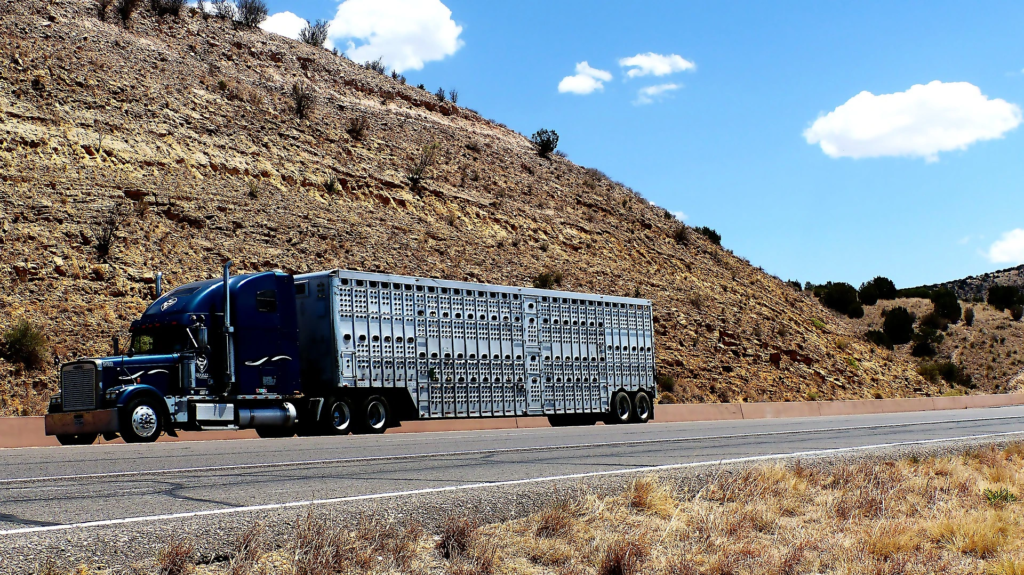
Operational Control Towers
Operational control towers focus at managing the day-to-day operations of a supply chain. For instance, they refer to the execution and coordination of various processes, such as production, transportation, and warehousing activities.
Companies use operational control towers to monitor production schedules, ensure on-time deliveries, and optimize logistics routes. With real-time insights, these supply chain control towers can help make tactical decisions quickly.
Logistics Control Towers
A logistics control tower is used to oversee and proactively manage supply chains. It tracks the entire network of supplies in real time, optimizes routes, and manages carrier performance. The main aim is to ensure timely deliveries.
Logistics control towers improve coordination between participants of the delivery process, including third-party logistics and distribution centers. This enhances delivery accuracy and reduces logistics costs.
Inventory Control Towers
They provide end-to-end visibility into stock levels across multiple locations, including warehouses, distribution centers, and retail facilities. They help businesses maintain optimal stock levels by monitoring inventory and ensuring timely refilling and reordering.
Inventory control towers reduce the risk of overstocking or stockouts. Thus, companies can meet customer demand and reduce inventory costs.
Analytical Control Towers
These control towers emphasize data analysis and performance measurement, providing insights into supply chain metrics. This includes lead times, delivery performance, and customer satisfaction. Analytical control towers can analyze historical and current data, identify potential bottlenecks, set benchmarks, and improve overall efficiency of the supply chain.
These towers also often focus on long-term strategy.
Benefits of a Supply Chain Control Tower
Using a supply chain control tower can involve a range of advantages for businesses. They can help companies to stay competitive. For instance, the benefits include:
Real-time visibility. Control towers provide end-to-end visibility. A supply chain control tower provides real-time updates on shipments, production schedules, and inventory status. This helps identify potential issues to address them early.
Informed decisions. A control tower enables data-driven decision-making. With accurate and timely information, companies can make informed decision. For example, it can improve production schedules, rerouting shipments, or optimizing inventory.
Risk management. Predictive analytics and real-time monitoring allow businesses to identify potential risks before they escalate. The issues can include delayed shipments, changing market conditions, or inventory stockouts.
Enhanced efficiency. All mentioned above factors can improve efficiency of the supply chain and reduce operational and logistics costs. This can benefit in higher productivity and cost savings.
Challenges in Implementing a Supply Chain Control Tower
Despite all the benefits control tower capabilities s can provide, companies may face some challenges while implementing the system. In using this technology, you should be ready to face:
Data integration issue. One of the most significant challenges in implementing a control tower for the supply chain is integrating data from different sources. Ensuring seamless data integration across suppliers, producers, and logistics providers can be a complex task.
High initial costs. Implementing a control tower technology can be expensive. Businesses should allocate significant funds to software, hardware, and system integration. In addition, companies need to train and redesign their teams for effective use.
Data security issues. A supply chain control tower handles sensitive data, such as shipment details, inventory levels, and customer information. Thus, data security is a top concern. Businesses must implement reliable cybersecurity measures to protect their control tower from breaches or cyberattacks.
Ongoing maintenance. Supply chain control towers need the ongoing maintenance and regular updates. This requires continuous monitoring of performance, software updates, and trouble shooting to keep the system running smoothly.
How Supply Chain Control Towers Work
A control tower is a central hub that collects and analyzes data from various sources. This provides a comprehensive view of the entire supply chain.
Data collection. The system gathers information across the supply chain, including suppliers, manufacturers, warehouses, transportation providers, and retailers. A control tower technology also sources data from enterprise resource planning (ERP) systems, transportation management systems (TMS), warehouse management systems (WMS), and other platforms.
Data integration. As all necessary data is collected, the control tower integrates and harmonizes it. This involves removing inconsistencies and ensuring that the data is accurate and up-to-date.
Real-time monitoring. The control tower monitors the supply network in real-time. Businesses can track shipments, inventory status, and oversee production schedules.
Analytics and insights. Transportation control towers use advanced analytics to generate insights based on historical and real-time data. Predictive analytics tools help forecast potential supply chain disruptions and make proactive decisions to mitigate risks.
Collaboration and communication. They enable seamless collaboration between stakeholders and trading partners through a single platform. This covers the coordination with suppliers, logistics providers.
Alert system. In a case of a disruption, such as delay or an inventory shortage, the control towers sends alerts to the appropriate teams. It may provide recommendations for alternative routes, suppliers, or inventory adjustments.
Real-World Use Cases of Supply Chain Control Towers
The following examples demonstrate how companies can use the technology of control towers across different industries.
Retail industry
In the retail industry, supply chain control towers are used to monitor stock levels across several locations. The aim is to ensure that products are available. For instance, a global retailer may use this solution to track inventory levels in real-time, ensuring enough stock levels during peak periods. The control tower capabilities also help manage returns and restocking processes, improving the efficiency of inventory management and reducing related expenses.
Automotive Industry
The automotive sector often uses control towers to track the movement of parts and components through the production process. Automotive producers often cooperate with multiple suppliers, and any delay can disrupt the production schedules. Supply chain control towers allow monitoring of supplier performance, optimizing production schedules, and minimizing lead times.
E-Commerce Industry
companies in the e-commerce sector depend on logistics control towers to optimize their delivery operations and ensure timely delivery. These control towers track shipments in real time, allowing e-commerce companies to monitor delivery performance, optimize shipping routes, and manage customer returns. This helps companies maintain high service levels and improve customer satisfaction.
The Future of Supply Chain Control Towers
The future of control towers will be shaped by several advancements in technology. As Artificial Intelligence (AI) and machine learning become more integrated, control towers will offer better predictive capabilities, enabling businesses to anticipate and mitigate disruptions. They can also automate decision-making processes, allowing businesses to optimize operations with minimal manual efforts.
Blockchain is expected to improve transparency and security within supply chain operations. This can provide a decentralized, tamper-proof record of transactions. Blockchain technology is also expected to improve data integrity and trust across stakeholders.
As the global economy shifts toward a focus on sustainability, control towers for supply chain operations will play a pivotal role in greener production and supply processes. For instance, advanced technologies can help optimize routes, reduce waste, and improve energy efficiency. In addition, integration with Internet of Things (IoT) devices provides more granular, real-time monitoring.
Conclusion
Supply chain control towers can transform the way businesses manage and launch an efficient supply chain. They provide real-time end-to-end visibility, predictive insights, and enhanced collaboration. With all this, companies can easier navigate the complexities of global supply chains. From inventory management to predictive analytics, a control tower in supply chain operations is a reliable tool for maintaining competitiveness.
As supply processes become more complex and consumer demand shifts, companies that embrace supply chain control towers will be better positioned to respond to disruptions, improve efficiency, and drive growth. The future of supply chain management lies in the ability to see, analyze, and act in real-time.
